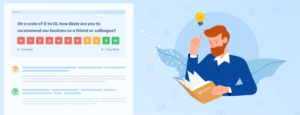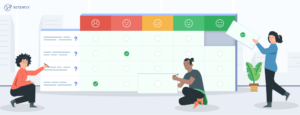Lifecycle emails are an important part of forming, developing and strengthening the relationship between your business and your customers.
Done right, they can help you develop a closer connection between your customers and your product, increasing your customer lifetime value (CLV).
The reason these types of emails are called “lifecycle emails” instead of simply “emails” is that they’re designed and crafted to achieve a specific objective at a specific point in the customer’s lifecycle.
A welcome email aims to greet and onboard a new customer, thus reducing short-term product abandonment from uncertain customers or mistaken signups. An email sent after a trial user becomes a paying customer shows you’re there for them and appreciate their business, strengthening the relationship between your business and its customers.
Net Promoter Score® is designed specifically to collect actionable feedback from your audience, and as such it’s a great tool to implement into your customer lifecycle emails.
Below, we’ve shared several techniques you can use to fit NPS surveys into the emails sent to your customers in order to gain complex insights into everything, from your onboarding process to your product’s feature set, usability, and value.
Include NPS Surveys After Key Customer Lifecycle Events
There are several key events in a customer’s journey, each of which has a different significance for your business.
Some analysts refer to these as “phases” of the customer lifecycle — a description that’s entirely accurate. However, from the perspective of a marketer oriented on results and feedback, it can be easier to focus on more specific events than particular phases.
Discovery
The first event in the customer lifecycle is discovery. This is when a customer identifies a need and seeks out a solution. This might be how a customer discovers your product through organic or paid search, advertising or a recommendation from someone else.
While you can survey non-customer website users at this point, it’s best to keep their feedback separate from paying customers.
Evaluation
The second event in the customer lifecycle is the evaluation. At this point, a customer has found your website and bumped into your product. They’ve decided that it might be the product they need, but they’re not yet informed enough to make a buying decision.
With a SaaS product, the event that defines the “evaluation” phase is usually a user signing up for your free trial and starting to use your product over the course of one week, two weeks or a month.
This is the first key event in the customer lifecycle in which NPS starts to become beneficial for learning more about your customers.
If a free trial user converts into a paying customer after your free trial email sequence, you can use an NPS survey to find out more about how likely they are to renew their subscription (assuming your product or service uses a monthly pricing model).
Purchase
If a free trial user doesn’t convert into a paying customer, you can also send an NPS survey to learn why your product or service failed. These surveys can often provide the most actionable and valuable feedback for improving your product.
Since new customers are often the most enthusiastic ones about your product, sending a survey after a purchase is often the best way to get actionable feedback on the key factors that determined them to become a paying customer.
In fact, this event can be a great trigger for starting your NPS process with a new customer. We usually recommend waiting 7-30 days after the conversion to start surveying customers, as this allows you to connect with them when the purchase event is still fresh in their memory.
Product Experience (Relationship Building)
Other key events in the customer lifecycle include product engagement — the experience of actually using your product. If you sell a SaaS product aimed at businesses, your customers might use your product every day, meaning this isn’t a one-off event, but an ongoing process.
Email marketing experts refer to this phase of the customer lifecycle as a “relationship building” stage. This is normally when you start sending post-purchase follow-up emails, newsletters and other informational content aimed at building a relationship with your customers.
From an NPS perspective, the optimal way to survey your customers in the relationship building is by being consistent and non-annoying. Don’t send an NPS survey email with every newsletter or post-purchase follow up — instead, every 60 to 90 days is a good general practice.
This way, you’ll be able to track sentiment and satisfaction as customers go from being freshly acquainted with your product to using it more consistently. You’ll also be able to identify and act on negative feedback from detractors by offering solutions and limiting churn.
Advocacy
The final stage in the customer lifecycle is advocacy. At this point, email marketing transforms from being focused on onboarding customers and developing a relationship to providing a new opportunity for existing customers to help you grow your business.
During this stage of the customer lifecycle, conventional emails and NPS survey emails become more closely linked. After all, NPS is built around a question that’s the key goal of any advocacy email: recommending your product or service to other people.
As such, you can integrate NPS surveys into your advocacy emails very easily. For example, try segmenting your promoters into a separate email list and creating an advocacy campaign that’s specifically targeted towards the people most likely to recommend your product or service.
Or, use our other promoter-focused tactics in your advocacy emails to leverage your high NPS for social media coverage, affiliate partnerships, case studies and other assets that help your business grow.
Remember, it’s still important to survey your customers even as they enter into the advocacy phase of the customer lifecycle. A survey (either incorporated into an existing email or sent on its own) every 90 days will help you generate insight while maintaining an accurate score.
Other Tactics for Fitting NPS Into Your Email Marketing
Used effectively, Net Promoter Score surveys can both enhance and complement your existing email marketing. In addition to the techniques we’ve listed above, you can also use the following tactics to fit NPS into your customer lifecycle email content:
- Send one-off NPS survey emails after major product announcements, updates and new features to quickly and accurately gauge customer sentiment.
- Use NPS surveys to learn more when customers respond directly to your lifecycle emails with their thoughts, opinions and ideas.
- Send NPS surveys if and when customers become inactive to find out more about what’s holding them back from using your product.
Because NPS is built around such a simple survey, it’s an incredibly flexible system that you can use in a wide variety of situations. From onboarding emails to announcements, NPS has a place in almost every part of the customer lifecycle email process.
Send NPS Surveys and Calculate Your Score With Retently
Retently makes it easy to send Net Promoter Score surveys to your customers, letting you read, analyze and act on customer feedback to increase retention and build a larger, more profitable business.
Get started by creating your free Retently account and survey up to 100 customers at no cost. No long-term obligation, contract or credit card is required.

















 Alex Bitca
Alex Bitca 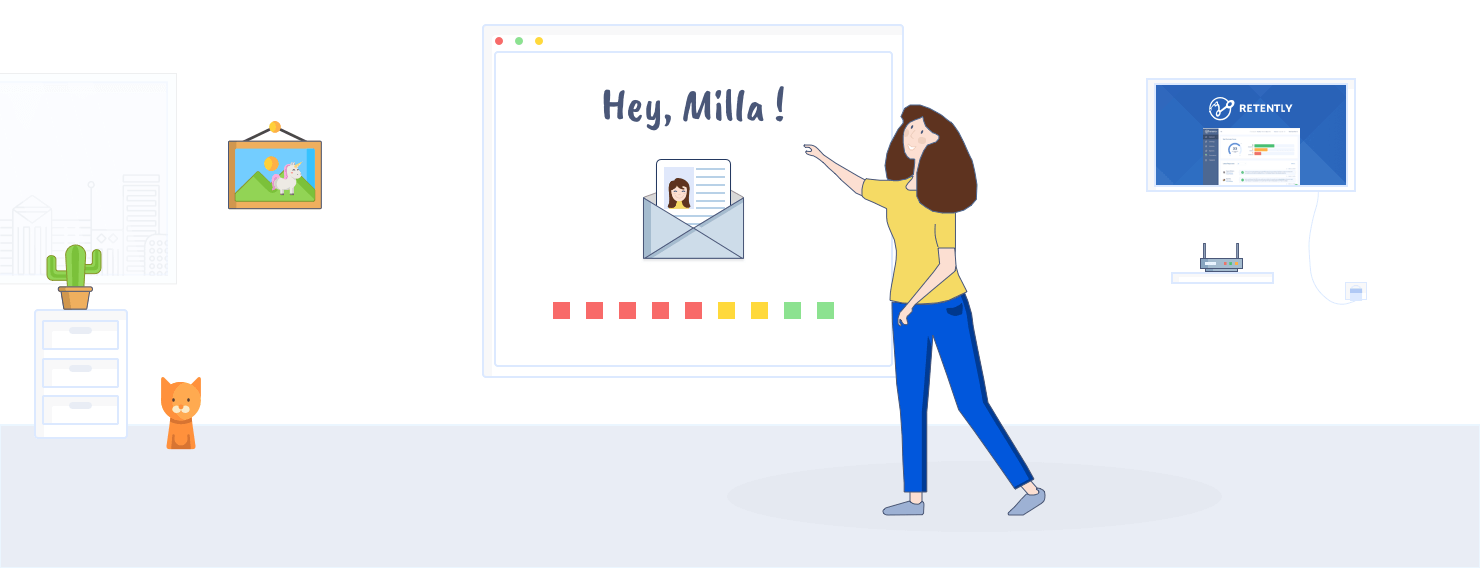
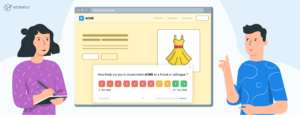
 Christina Sol
Christina Sol 
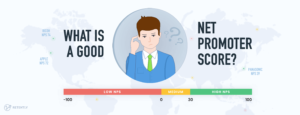
 Greg Raileanu
Greg Raileanu 